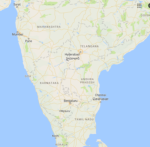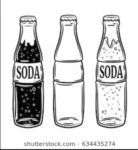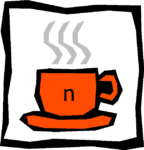I was at the grocery store the other day, and in the bakery department I spied two fairly identical loaves of Italian pugilese bread with spelt flour. One was in a plastic bag with the store label, and one was in a paper sleeve in a toney wooden shelf display. Upon closer inspection, it was clear that these two loaves were made in the same fashion from the same ingredients. The only difference was one was packaged differently and labelled “artisan.” I cry “foul.” Over in the coffee aisle, “specialty coffee” means hazelnut-flavored. Again, I shake my head. Doesn’t anyone know what “artisan” means? Maybe we need to define terms.
In the interest of clarity and integrity, I define “artisan” coffee (the kind you get from NanoRoast, exclusively) as
—small batch, not commercial run quantity, usually only a couple of pounds at a time, roasted only when you arder so it is really FRESH.
—batch is composed of specially-selected specialty-quality beans, a term used in the industry for the highest quality as determined through repeated tastings, to achieve the specific end taste profile desired. For example, I may have five kinds of Colombian beans, but I choose the specific origin or lot that will best meet the taste objective.
—roast has been lovingly attended from start to finish by me, not a computer program. It’s roasted properly when my combined five senses say it is.
—each component of a blend has been separately roasted and THEN blended to achieve the desired outcome. That is why any NanoRoast blend has different color shades and/or sizes (and why you cannot judge coffee by how it looks, only how it tastes.)
So then, you can see why artisan coffee really is art like painting a landscape of our local landmark, Mt. Hood, is not like painting my house. At NanoRoast, we promise you will always get ARTISAN coffee, made by your coffee artist, me.
Enjoy your coffee art!
S





